In recent weeks, we have been traveling the Algarve of 1867, based on a Report prepared by the then civil governor, Aires Garrido. Organized in alphabetical order, the Report aimed to present to the government the situation in the district, at the administrative level, but also the aspirations and ambitions of the Algarve. It is a basic document for getting to know the region and society at the time.
About the first capital of the Algarve, he wrote: «the city of Silves it consists of only 613 dwellings, and even so it has greatly increased in population, because in 1839 it only contained 226».
The earthquake of 1755 had left only 20 houses out of the 40 existing ones, the ancient Muslim Xelb was, in the mid-eighteenth century, a very small village, and, in 1856, a new earthquake hit the primitive Cathedral hard.
However, the vast county made the Chamber's revenue rich, even though there were many debts to be collected. The investment here, as throughout the country, was based on the construction of municipal roads, whether or not we were in full Regeneration.
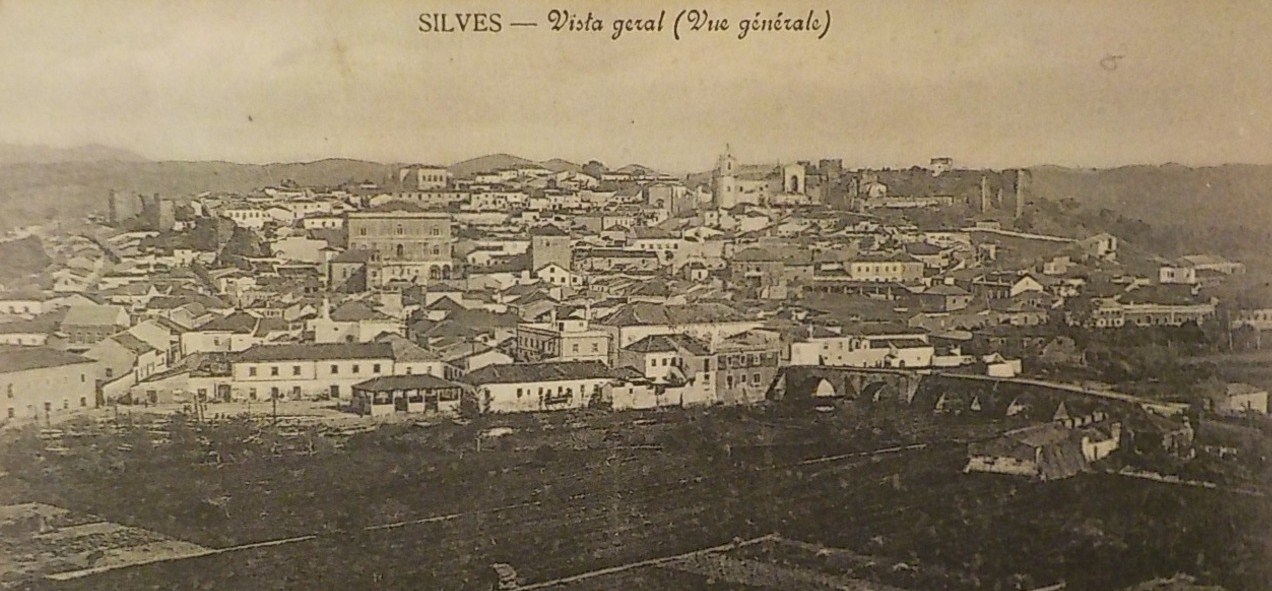
But the municipality of Silvez sought other improvements, such as "the purchase of three houses for the butchers in the parishes of Pera, S. Bartholomeu de Messines and Algoz", and, in the city, "the construction of a civil jail and a courthouse, in a public land that it obtained from the legislative power for this purpose, because the house that is serving as a prison is very small and in poor condition».
The inexistence of decent buildings for public offices, even for butchers, was a problem transversal to the region, with some honorable exceptions.
At the administrative level, in addition to the debt, for which the governor left certain steps with a view to its recovery, that administrative magistrate condemned “the irregularity long introduced in the administration of this municipality, to always apply to the expenses of one year to revenue from the previous year, which causes difficulties in accounting and bookkeeping, and delays a year the improvements that are so lacking there». Let's say that the Silvese politicians lacked boldness, or rather strategy.
The registries were in reasonable condition, "noting only the lack of binding of most of the books of legislation", while the municipal budgets were approved until 1851-52, the rest awaiting the verdict in that civil government.
A different situation was that of the parish councils (predecessors of the parish councils), where «the bills have been unapproved for many years». I was informed, it has been the cause of some abuse”. The case of Silves caused him perplexity, as the board did not exercise the parish administration, and the practice which disappeared in 1834 was still maintained there.
The city was faced with another problem: «the parish church of Silves, the old cathedral in the Algarve, is very ruined». The governor acknowledged that “for years the leftovers of the brotherhoods and other income have been gathered, so that the indispensable concerts that this church is lacking can take place for them”, but nothing had materialized.
Thus, he strove to budget and start the works, "at the expense of said surpluses and a spill of seven contos and so many thousand réis, launched by the parish council." Without forgetting the convenient «recommendations to preserve, as much as possible, the primitive Gothic architecture, which is already partly damaged by old repairs», committing himself to oversee the works. It would certainly be the consequences of the 1856 earthquake.
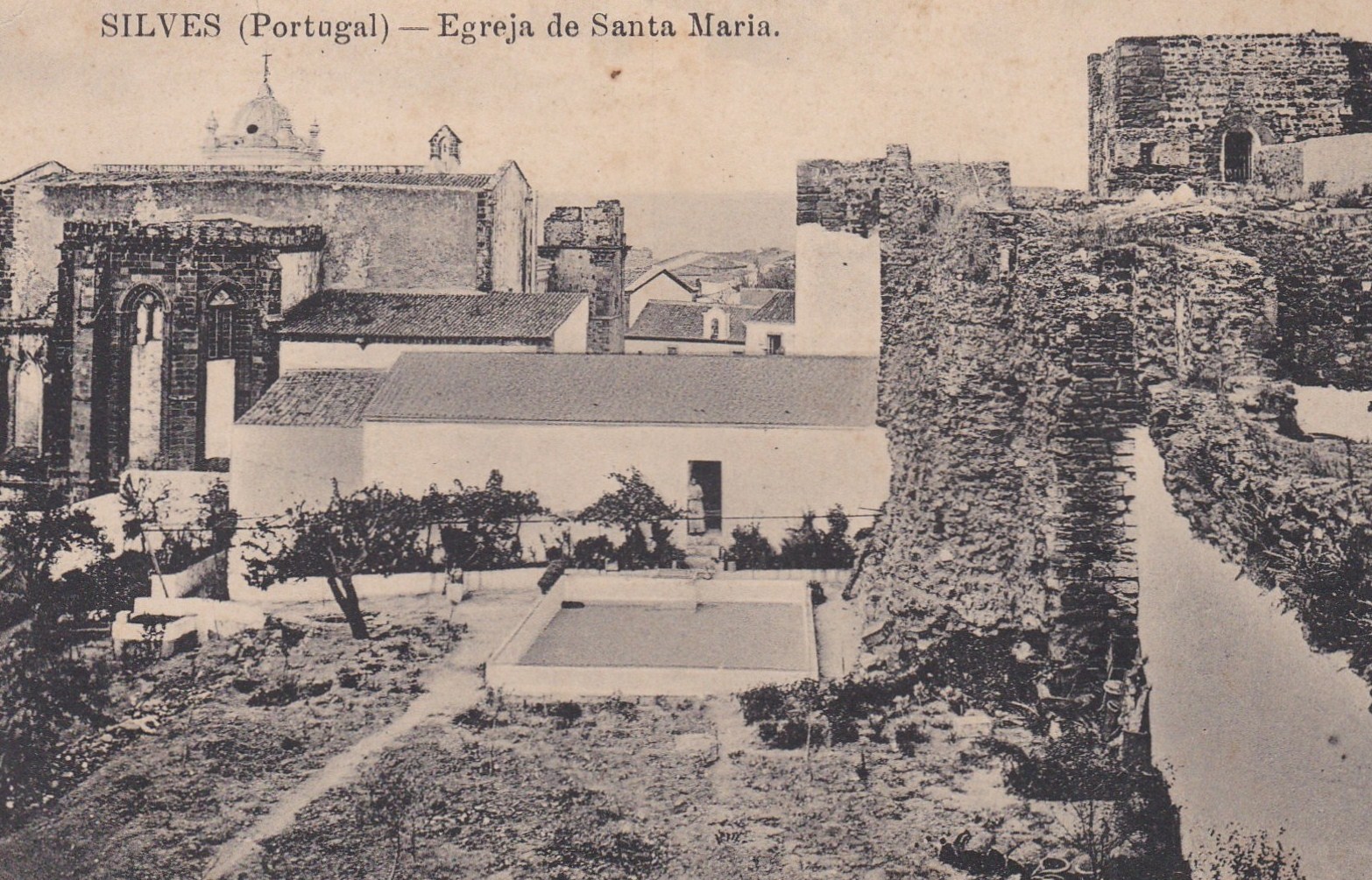
Both the city and the other parishes had public cemeteries: «the ones in Algoz and S. Marcos da Serra were still incomplete, but their works were continued, and burials were already carried out in them». In turn, those of Silves and Alcantarilha, “in addition to being poorly located, are very deficient”, ordering the governor to build new necropolises, in accordance with existing regulations.
In the municipality, with 18 996 inhabitants (1864 Census), there were two Misericórdias, in the city and in Alcantarilha. The first had a hospital, with capacity for 6 patients, which is in a poor state of conservation. Mutual aid associations did not exist, and Garrido successfully managed their creation, so that the statutes were practically completed in April 1867.
There were, however, two common granaries, one in Algoz and the other in S. Bartolomeu de Messines, which helped local farmers. The first under the jurisdiction of the Parish Board and the second with an administrative board. As in the entire Algarve, begging was also a reality here: 515 people (2,7%) were begging in the streets, of which 110 were children under 14 years of age. 283 individuals (1,5%) still survived from public charity, not begging.
As for education, 5 male public schools taught the first letters to 106 boys and 4 private (3 female and 1 male) took in 36 girls and 16 boys, out of a total of 1 738 children and 1 661 girls. In short, only 7% of boys attended school, while girls were down to 2,2%.
There was one parish that did not have any school, while 4 wanted a female establishment. However, local authorities already showed some concern with teaching. In SB Messines, the Parish Council financed a house for the teacher and the school, in addition to gratifying the teacher for a night class. While in Alcantarilha, councilor Sebastião José de Mendonça offered “an excellent house”, which, for Aires Garrido, after some works, could house the male and female schools that the local council wanted to establish.
Sebastião Mendonça's meritorious action towards Alcantarilha, his birthplace, was praised by the governor: «this same councilor has obtained for the said town of Alcantarilha some subsidies, from the council, which together with subscriptions and donations from the locality, have been used in various works and improvements, such as sidewalks, a butcher shop and fish market and others, this being one of the lands that, despite being small, I found more advanced and well policed». After all, the wealth of each land is its people, and when they are committed and interested, today as then, they make the difference.
Silves was not evident in the regional context. With a little bold council, we can say that it occupied an intermediate position, between the model councils or unskillful.
A different reality was found in Tavira: «the municipal administration of this municipality is one of the few in the district that I found in better conditions. The city has increased in population, having at the moment 1:776 dwellings, that is to say 250 more than in 1839».
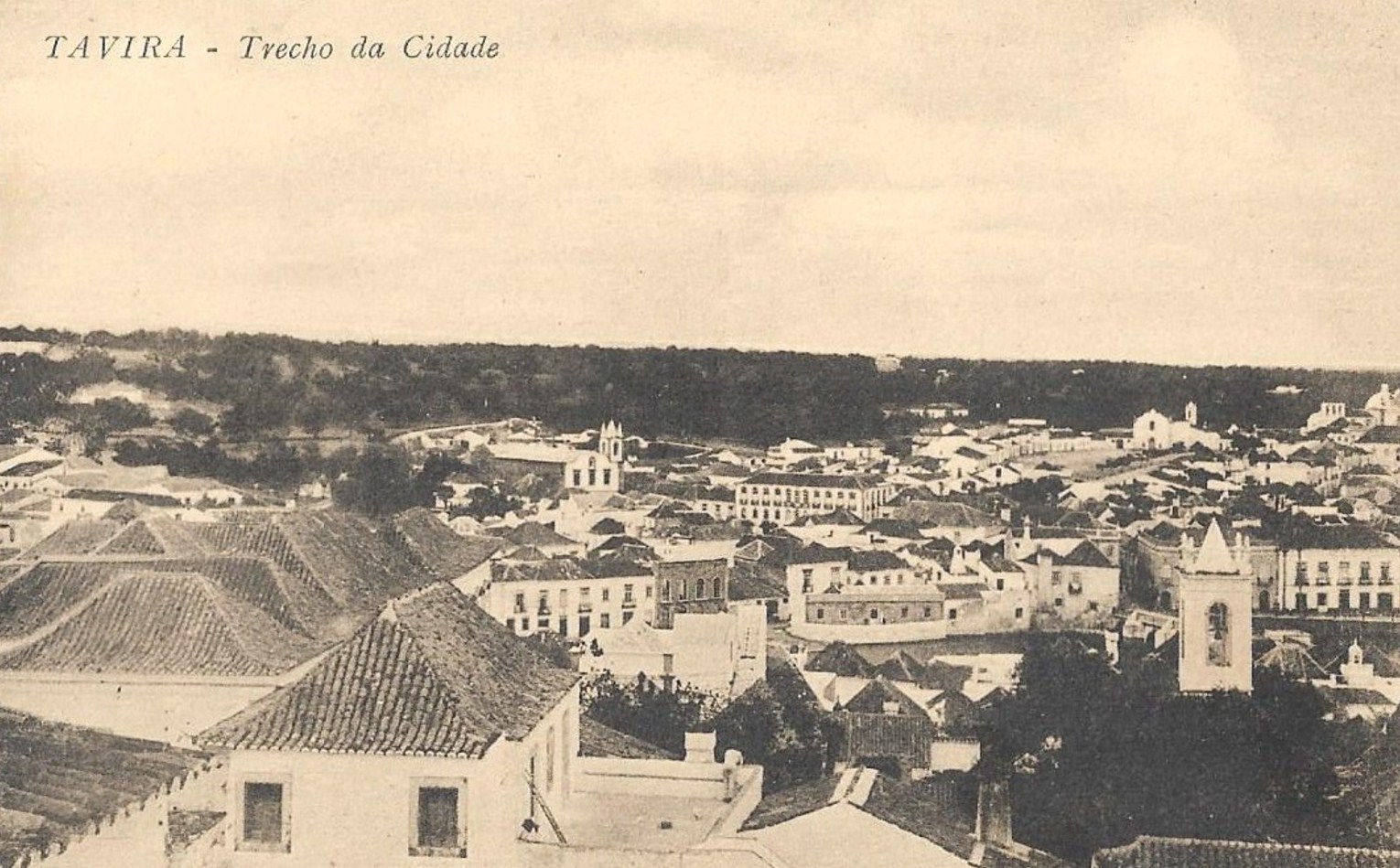
To which the governor continued: "it is the only village in the Algarve where there is illumination and, since it is not as well organized and distributed as it should be, it is already an appreciable improvement that not even the head of the district still enjoys".
The Tavirenses stood out in the regional context, even surpassing the Farenses. The public offices were all concentrated in the City Council building, which also rented some rooms, such as from the city's recreational society. It is true that the building lacked works and furniture, but these were already foreseen in the budget, as were the urgent interventions that were required «in the cemetery, butchers, slaughterhouse and fountains, and repairs to the sidewalks both in the city and in Fuzeta, important town in the county».
In terms of public health, the necropolis of Tavira had the inconvenience of being located very close to the city. In the other parishes, cemeteries were acceptable, «except for those in Conceição and Luz, where these establishments are located in the center of villages and in very poor hygienic conditions».
The Chamber's income was high, with the advantage of not having debts, "in addition to those that usually go beyond the last months of an economic year to be received or paid in the next".
Salaries of employees, compared to other municipalities with similar incomes, were higher. The budgets were approved until 1853-54 and the rest under analysis by the civil government. Despite this healthy financial condition, "urgent needs" were necessary, which he immediately listed: "the construction of a new cemetery in a more convenient location, the construction of a fountain in the eastern part of the city with the water pipe it has of coming from beyond the river, the construction of public markets, especially for fish», among others. Aires Garrido was trying to request a budget for them, in order to “be necessary to contract for some of them a loan”, to which the Chamber had agreed.
The registries were organized and up to date, only the lack of some initials and an opening and closing term in a book. At the level of parish councils, he said little. Also the administration of the exposed was, together with Faro, exemplary.
In the city, the Misericórdia and the Hospital do Espírito Santo stood out. The latter, with a capacity for 56 patients, had a higher capacity compared to the number of patients it normally received. Faro, the two exceptions in the regional context.
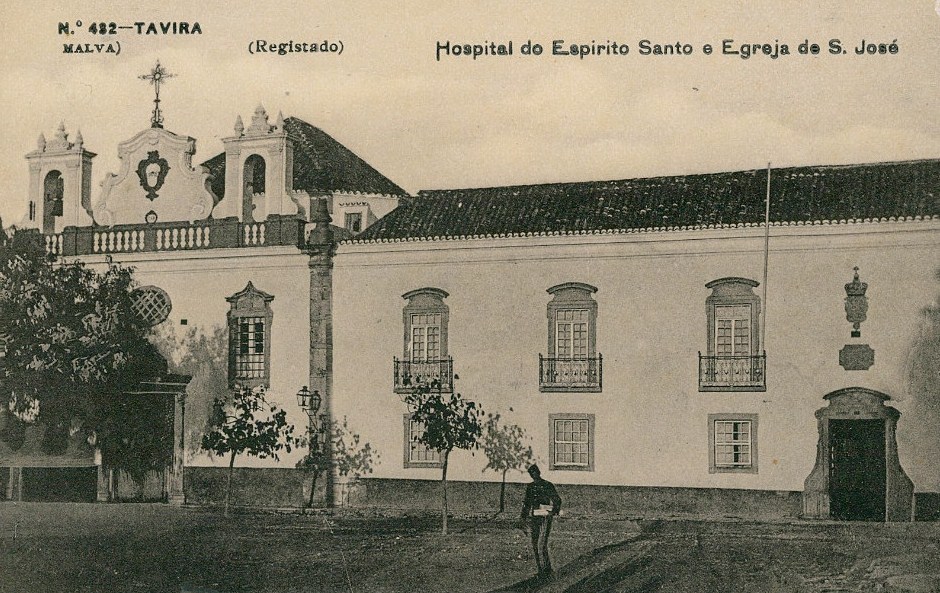
Its state of conservation was good and this was not unrelated to the intervention of José Quintino de Oliveira Travassos, 1st class officer of the Ministry of War attached to the Headquarters of the 8th Military Division, who «with great intelligence, dedication and activity» had directed the expansion works, increased the collection of income and introduced various improvements at the level of administration.
There was a mutual aid association with 181 members, of which 175 were "artists" and 6 "assistants", as well as 2 maritime commitments: Tavira, with 636 members; and Fuzeta, with 351.
Tavira's commitment, in addition to helping his associates, helped the brotherhood of the Blessed Sacrament of the church of Santa Maria, with expenses for worship and religious festivals, «which he did so widely that he even paid annuaes and certain wages to a few seafarers for the work of accompanying the Sacred Viatico to the sick». Abuses that the governor moderated.
The county was then home to 21 inhabitants (429 Census), of which 1864 asked on the public highway (237%), to which were added 1,1 who survived on charity without begging (111%). As for education, 0,6 public and 7 male private schools taught the first letters to 2 and 126 boys, respectively, out of a total of 58 1 children (137%).
A girls' school was created, but it did not function (the Council had not provided a house or furniture), as a result 1 girls did not have access to education. There was a parish in the county without a school.
Tavira stood out positively in the regional context, with an autarchy in financial health, without debts. Although the municipality lacked investment, it was the only land in the Algarve that had public lighting.
Diametrically opposite assessment witnessed the governor in Vila do Bispo: «this county is in conditions similar to that of Aljezur, in addition to being even less populated, as it only has 800 dwellings a little more or less, and 181 the villa».
With 3 781 inhabitants (1864 Census), it was the least populated municipality in the region. Everything there was adversity: «deficient houses to accommodate public offices, lack of qualified people to serve in administrative and municipal positions, scarcity of resources to raise salaries, here even smaller than in Aljezur, in order to be to be able to propose for there an administrator outside the council».
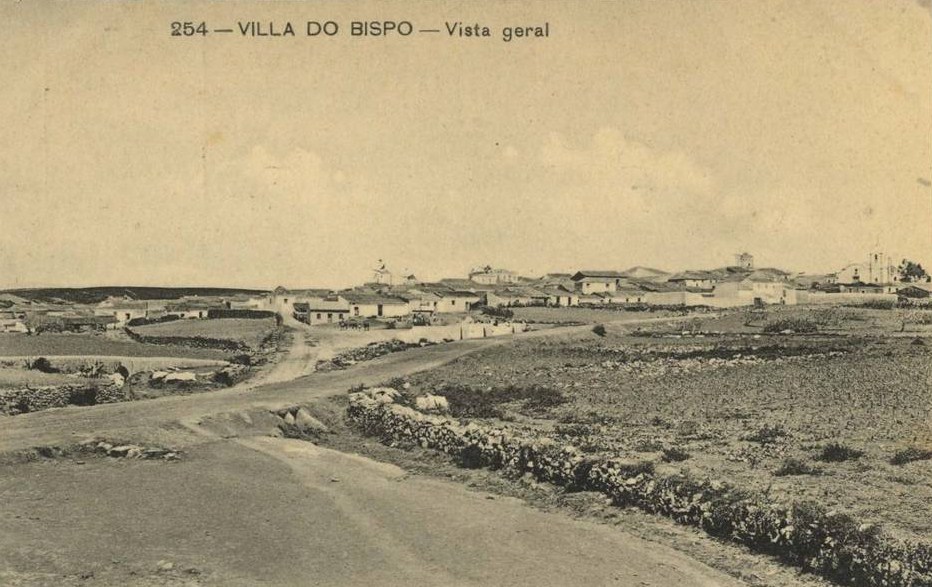
To all this, there was added the «complete indifference to everything that is advancement, instruction, progress and improvements, and an absolute lack of means to obtain some of these advantages, that is what is found in this council». To then add: “the county is so poor, where there is not a single charity establishment, that despite the many steps I have taken, I have not been able to get some subsidies to improve the primary school house and buy some furniture for it, nor to increase their frequency, which is very insignificant and almost no use”. A painful reality that he witnessed in Vila-Bispensian lands.
The town's revenues were low, but the lack of care in the aedes was high: “the villa does not have a source, it has been tolerated that a private person diverts the water from the only one that existed for its benefit. It has also been allowed that the most powerful buy the common lands, even granting the chamber to some of them public lands without any form of process and without legal retribution».
In the face of so many setbacks, the governor said that he would use every effort to prevent abuses and improve what was possible, aware that, as far as material improvements were concerned, he would achieve little without local collaboration, so then, in dismay, he would assume: "I will do however much it fits in me, and I will have fulfilled the duty of my position for my part”.
Nevertheless, it was from this municipality that it obtained the only civic participation, as, having announced its visit in all municipalities and invited its inhabitants to submit complaints about the authorities, administrative employees, or others, only one received, related to the irregular tenure of the commons by the Chamber.
The city's budgets were all approved, with rare exceptions. The accounting surprised that magistrate: «the bookkeeping is not irregular, and in view of the capacity of the officials in whose charge it is, I found it better than I expected».
A similar situation occurred in the parish councils: “the ones in Villa do Bispo and Budens are regularly approved, and those in Raposeira have been delayed since 1840”. In Sagres, for lack of "regular writing", it was not possible to find out.
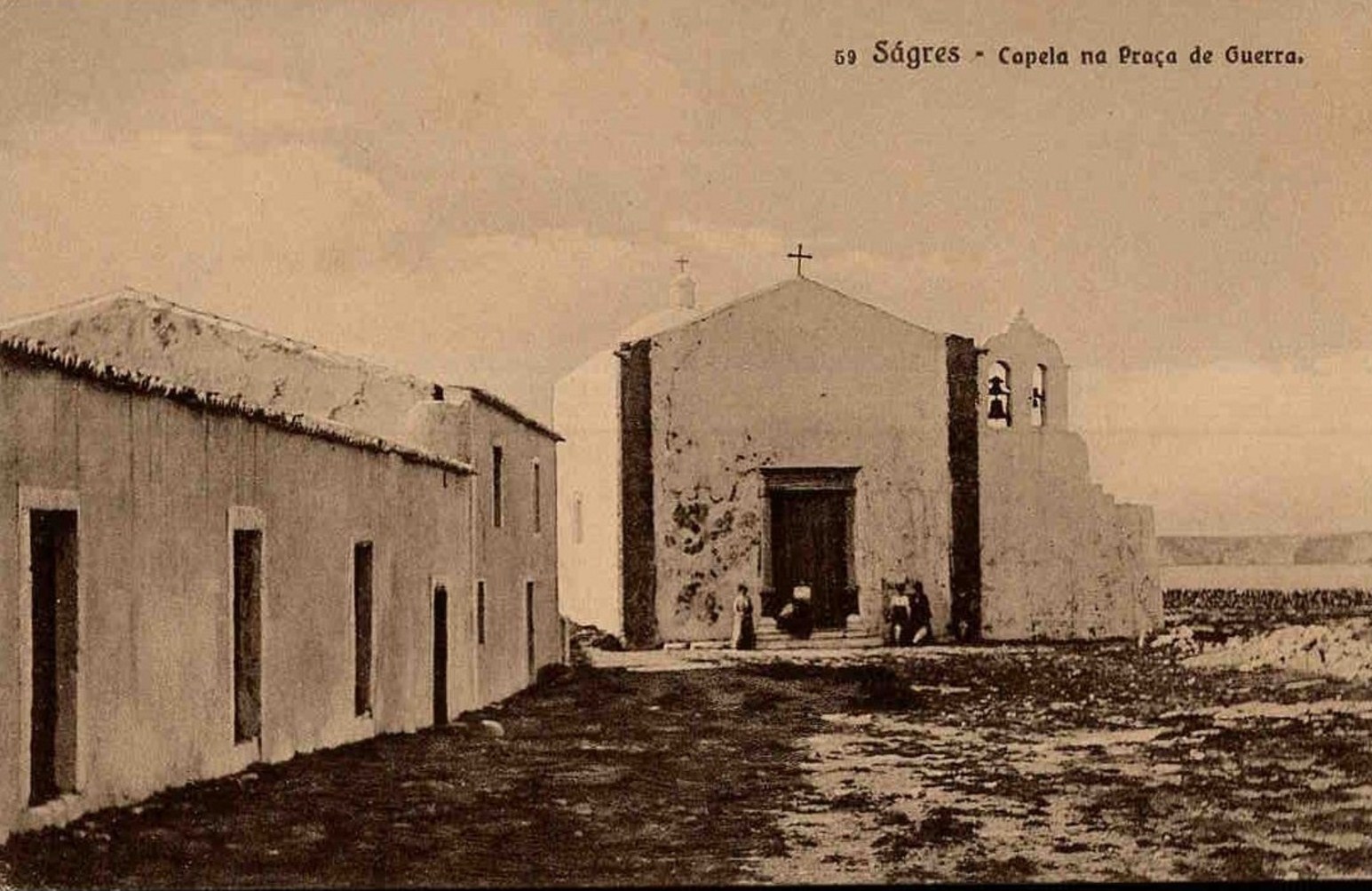
In the municipality, «except for the parish of Budens, all the others have cemeteries in tolerable conditions; d'aquella is the churchyard, being unguarded by a wall, so I have given the necessary orders to build a cemetery there”.
Aires Garrido, at the end, made a final proposal: «this council should be part of Lagos, only if a road is found that unites this city with the main towns of it, however, it should be noted that the current roads are not so bad, like those that communicate between Aljezur and Lagos or Monchique».
In terms of begging, 5 people begged on the street and 1 survived from public charity. Two public schools taught the first letters to 40 boys (10%), out of a total of 369. The 410 girls, on the other hand, had no school attendance.
The municipality of Vila do Bispo, in the opinion of Aires Garrido, due to its small population, weak material and human resources, should be extinguished and annexed to that of Lagos.
Silves, Tavira and Vila do Bispo three municipalities that deserved different evaluations by the governor. If Silves stood in the middle, Tavira was a good example, while Vila do Bispo occupied the diametrically opposite position. And what about the final municipalities that still need to be addressed? What opinion did the authorities of Vila Nova de Portimão and Vila Real de Santo António deserve from Aires Garrido? That's what we'll find out next week.
(Continued)
Author Aurélio Nuno Cabrita is an environmental engineer and researcher of local and regional history, as well as a regular collaborator of the Sul Informação.
Note: In the transcripts, the spelling of the time was maintained. The images used are merely illustrative and correspond to illustrated postcards from the last decade of the XNUMXth century and/or early XNUMXth century.
Read also the previous five parts of this article:
The Algarve in 1867 or a devastating portrait of the Algarve and the region – I
The Algarve in 1867 or a devastating portrait of the Algarve and the region – Castro Marim and Faro
The Algarve in 1867 or a devastating portrait of the Algarve and the region – Lagoa e Lagos
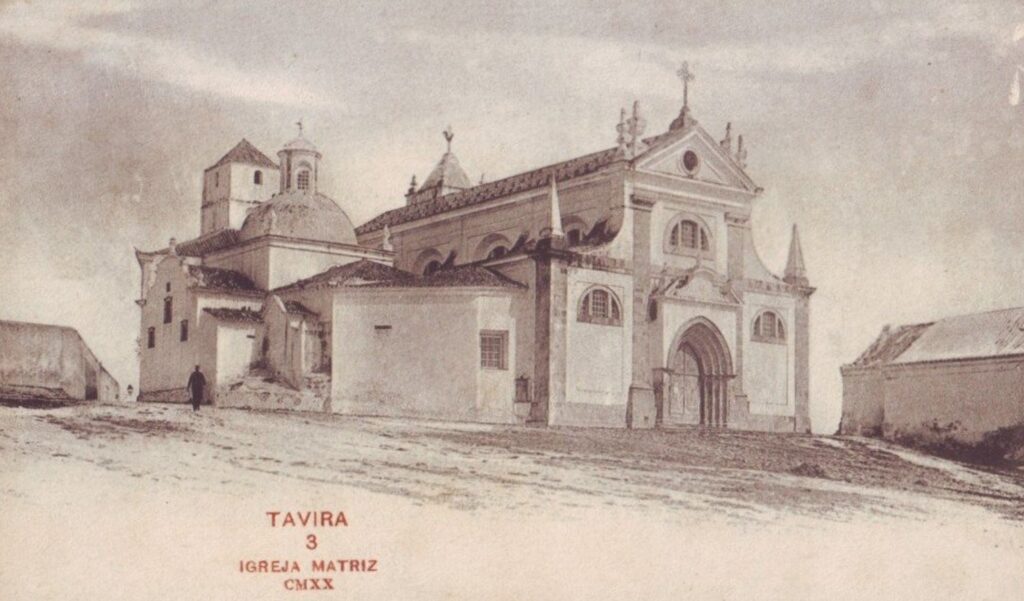



















Comments